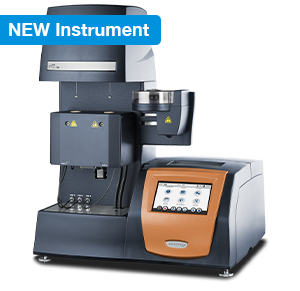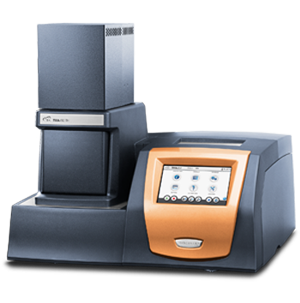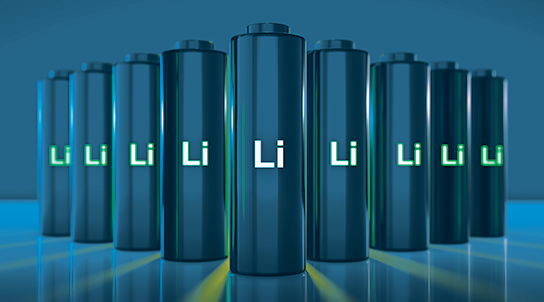Discovery SA
TA Instruments invites you to experience the world’s most productive Dynamic Vapor Sorption (DVS) Analyzer, the Discovery SA. Discover the advanced engineering and attention to detail that provides enhancements in every aspect of DVS technology and a new level of user experience. With industry-leading performance, exceptionally wide humidity control range and ease of use, the Discovery SA meets your needs and exceeds your expectations.










